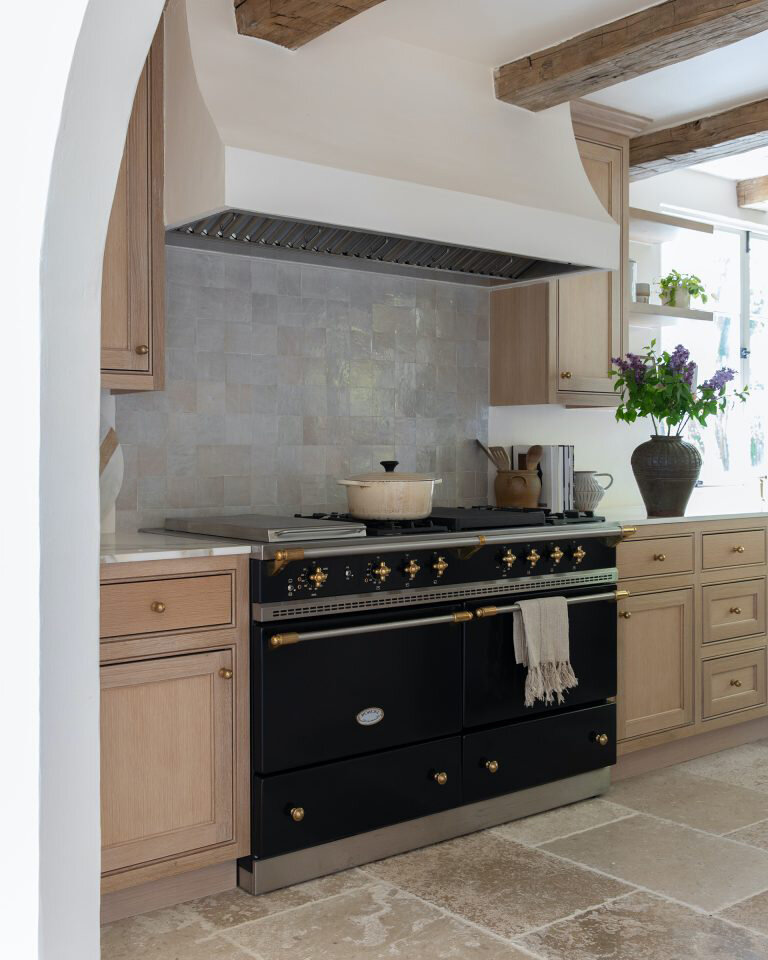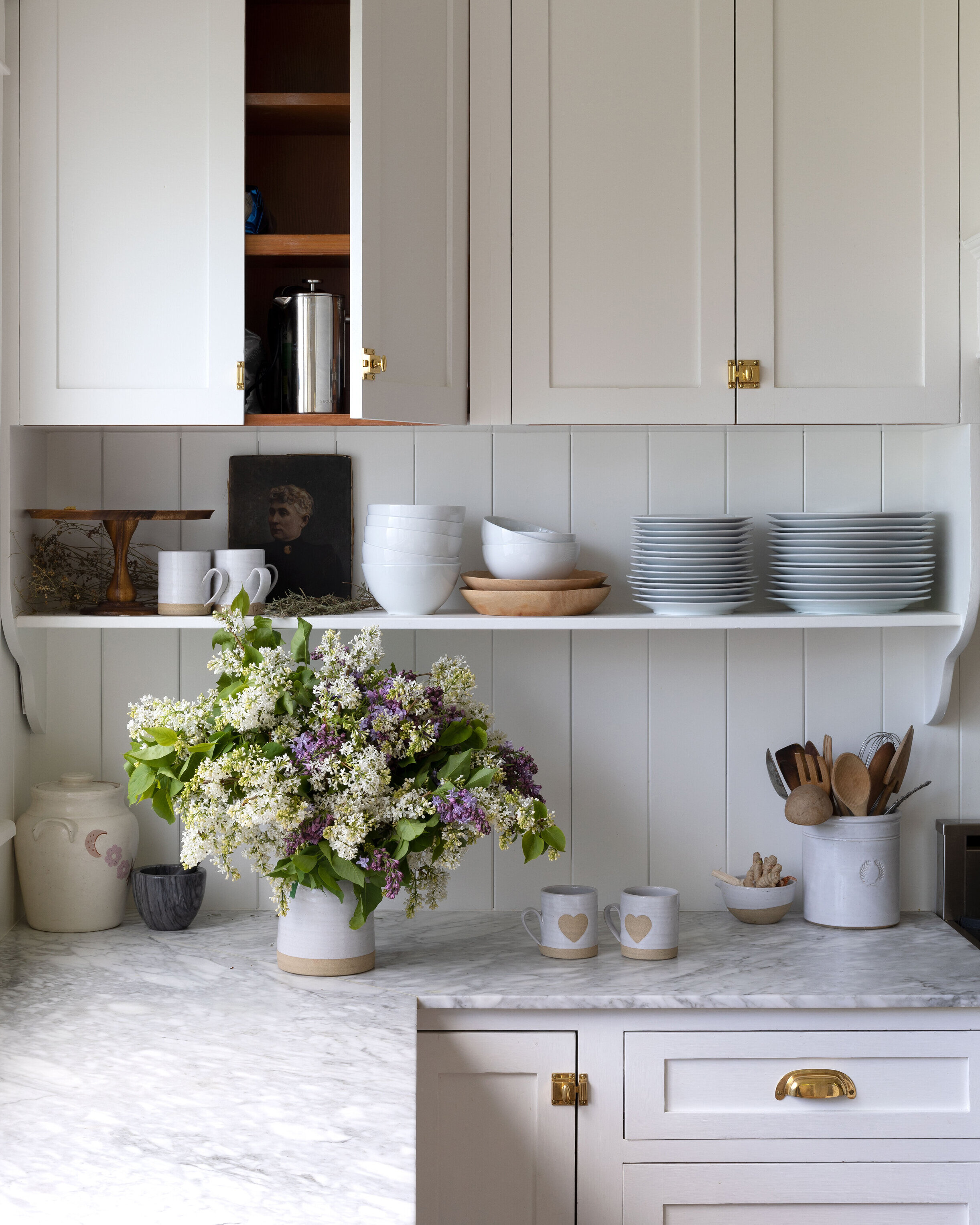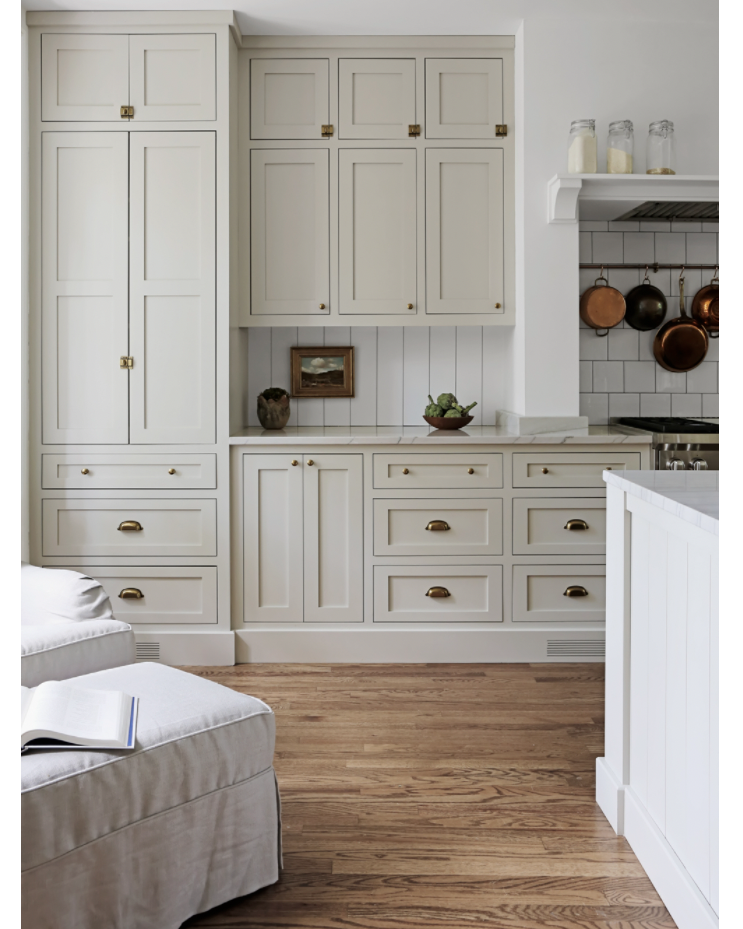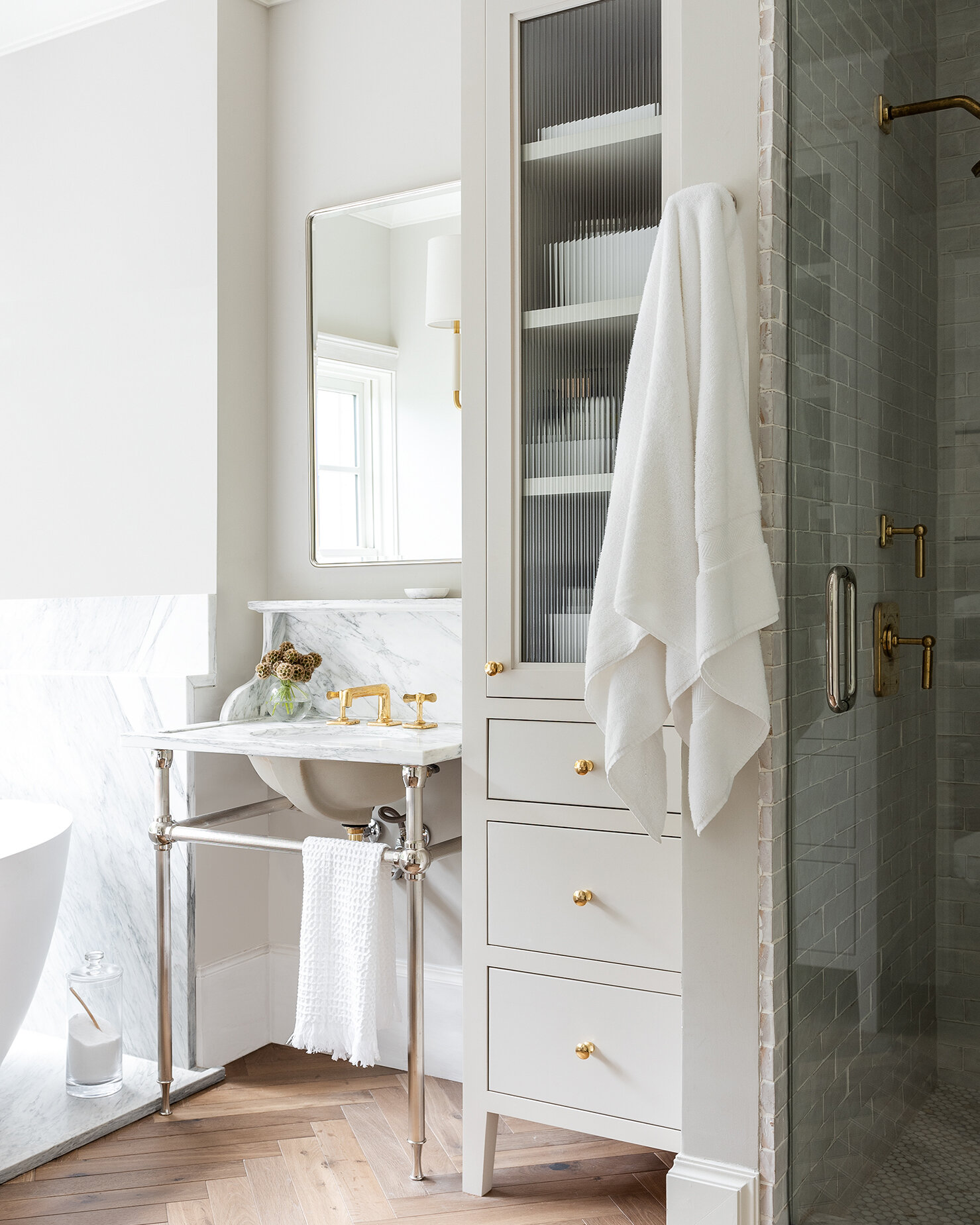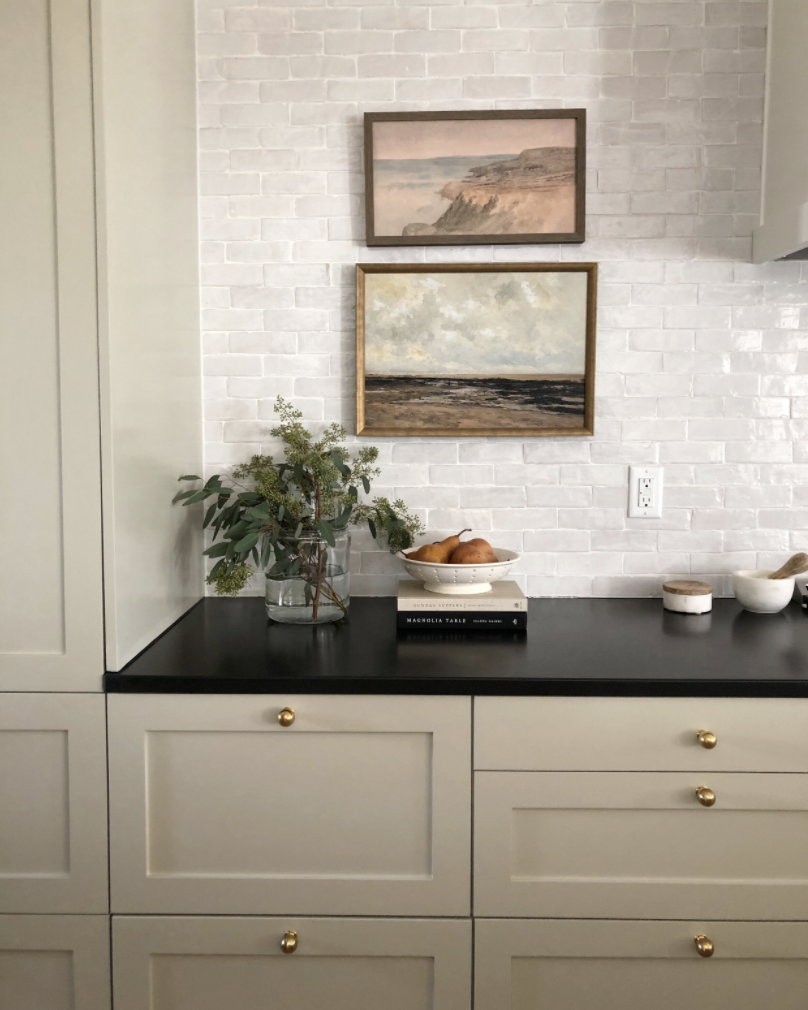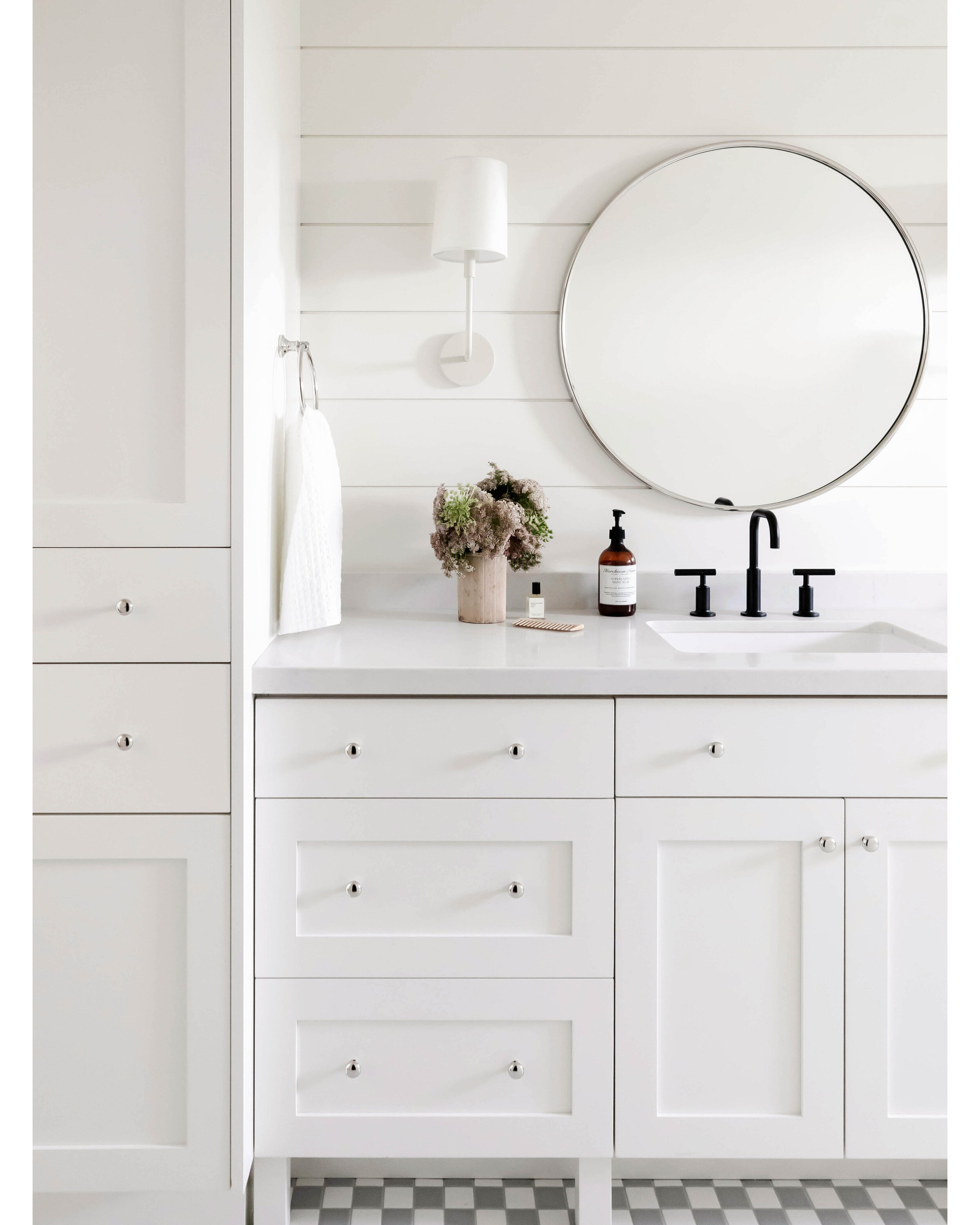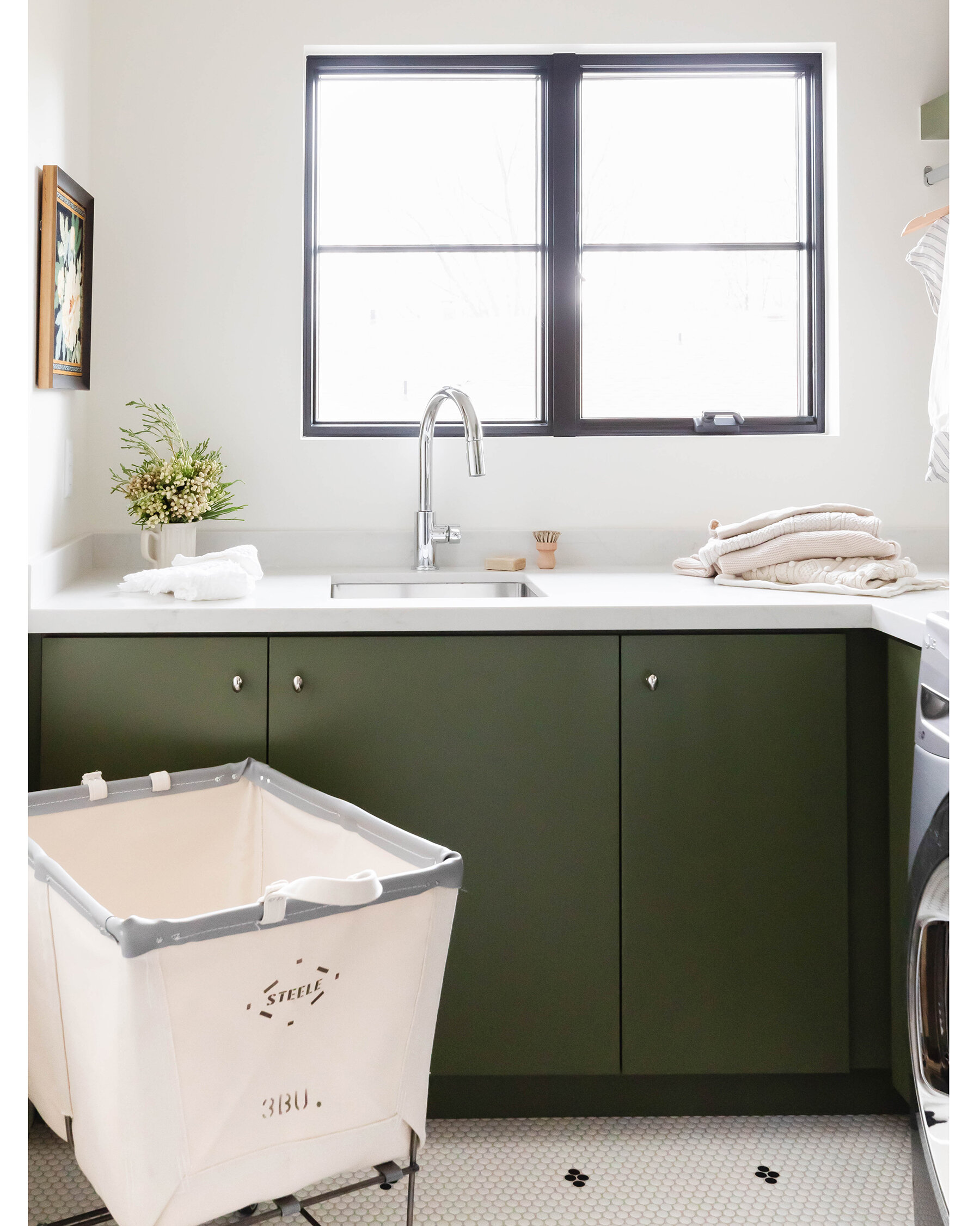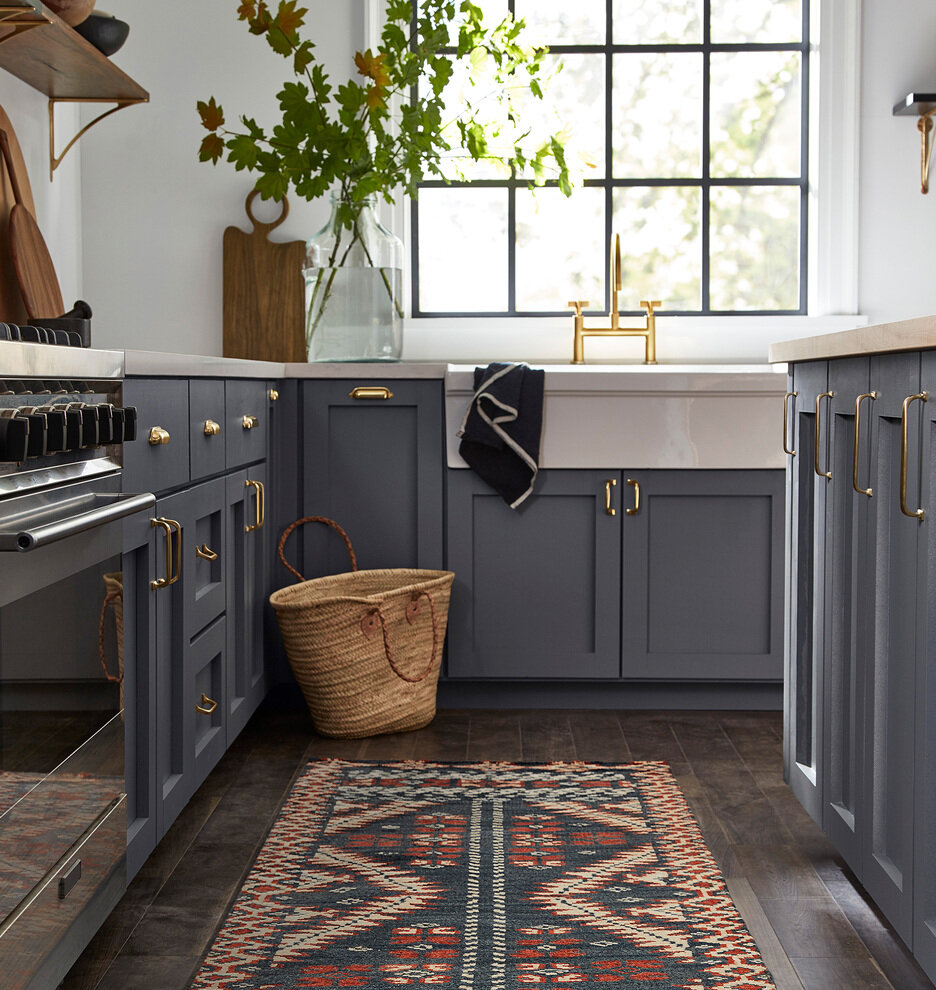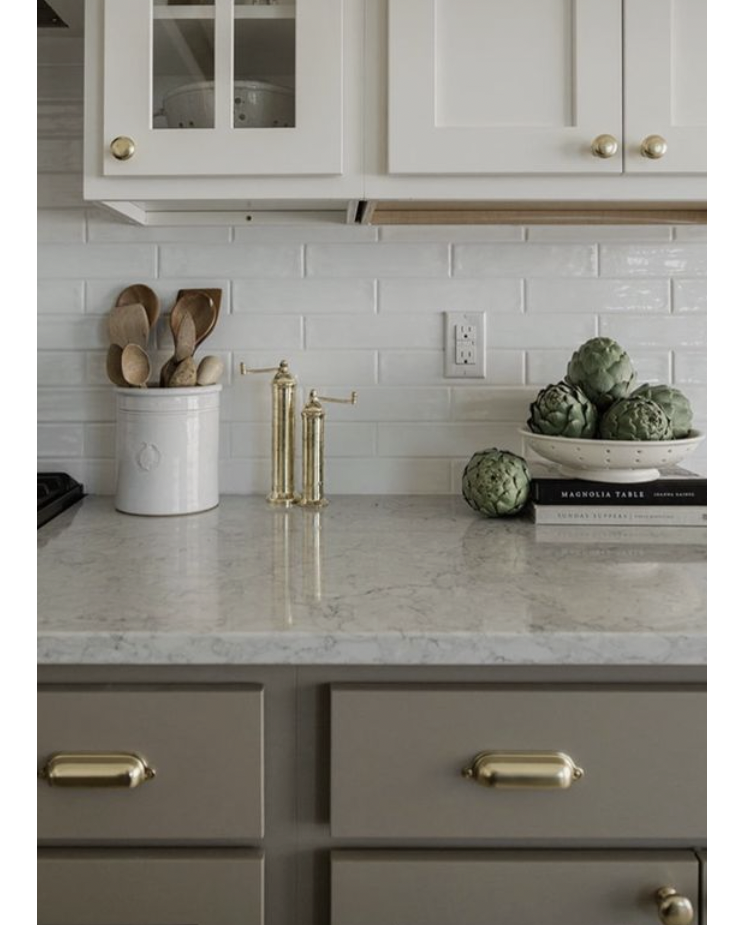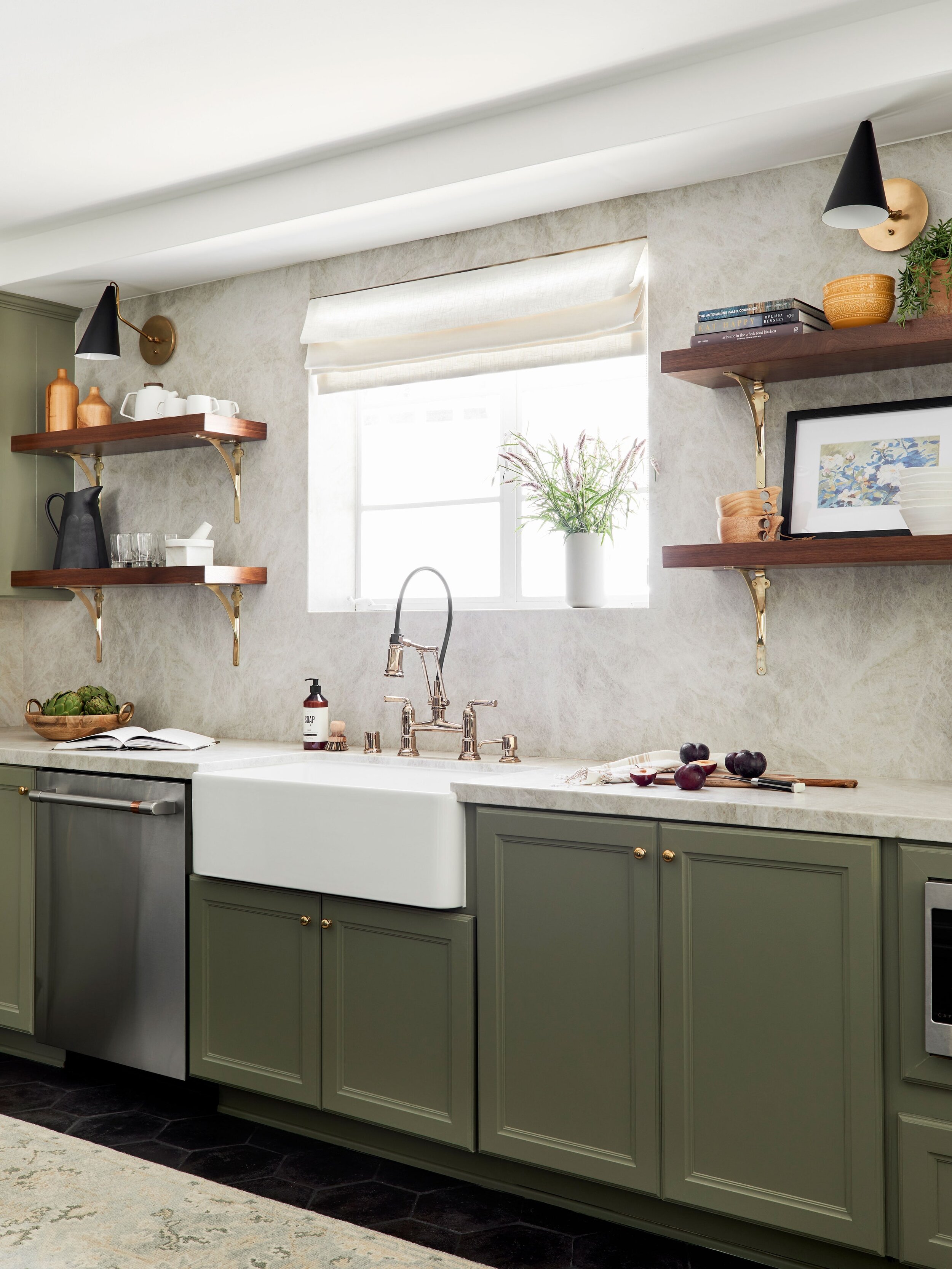Good to Know: Inset vs Overlay Cabinetry
For today’s post, we are discussing cabinet front styles to help you understand the different options and the pros and cons of each. Many people don’t know there are different styles of cabinet fronts, but once you learn more about them, you’ll be able to spot the differences with ease. Keep in mind we are using fairly basic terminology for cabinetry - there are many other details and a great deal of technical craftsmanship that go into creating beautiful cabinetry.
Inset
Inset cabinet doors are set into the cabinet frame and fit flush with the face of the cabinet box when closed. Not every cabinet shop offers this option and for those who do, it is often more expensive. This is typically our first choice for our clients if the budget allows
Full overlay
Full overlay cabinet doors give a similar appearance to that of inset doors without the higher cost. They completely cover the cabinet face, providing the flat cabinet front desired with inset cabinets. These doors can be built to look more like inset doors by pulling forward the end panels. This would be our second choice for clients. The advantage to overlay is that you can get a little more storage space - this really only makes a difference in small spaces like bathrooms.
Partial Overlay
Partial overlay doors are the most common and usually the least expensive option for cabinets. This is when the door sits on the cabinet face, leaving a “gap” of usually 1-1 1⁄4 inch between the doors and drawers, allowing the face frame of the cabinet to be seen.

